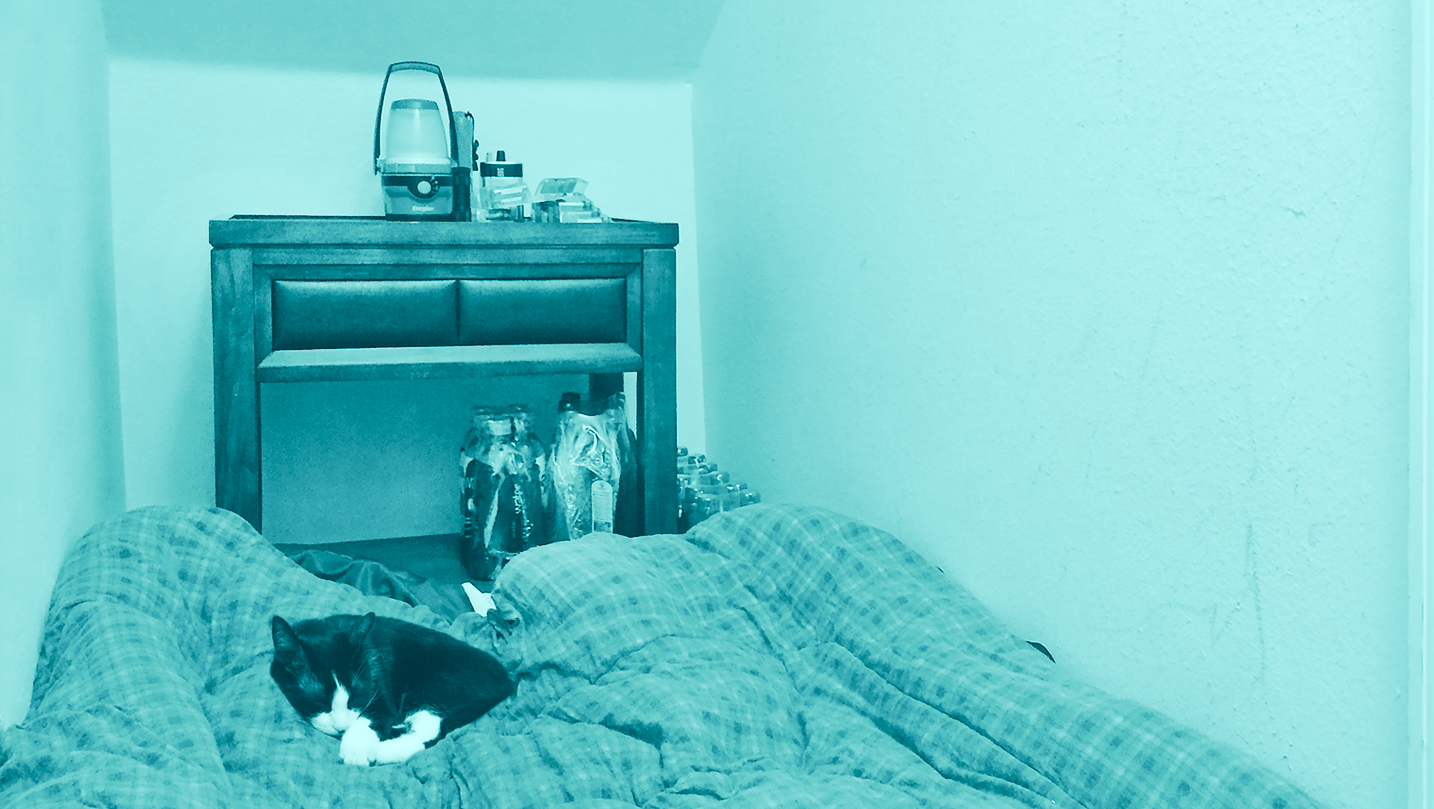Did you know that Florida emergency management officials typically recommend that residents who do not live in an evacuation zone stay home during most tropical storms and hurricanes? While this does not include people who are in poor health, elderly, or in the last trimester of pregnancy, this does mean most of us should be able to shelter in our own homes and “ride out” Florida storms.
However, families still should take precautions to stay safe and well cared for during times of emergency.
Here are a few things to consider when prepare your household for anything Mother Nature sends our way:
- Designate a “safe room” in your home. Select an interior room with no windows (typically a bathroom, hallway or walk-in closet on the lowest level of the home) and be sure everyone in the home knows to shelter there. Practice bringing a mattress in the safe room for everyone to hide under in the event that the roof becomes damaged, causing flying debris to enter the safe room.
- Keep an emergency supply kit inside the safe room. Kit should include seven days’ worth of non-perishable food and water (three gallons of water per person per day) along with a fully stocked first aid kit, prescription and/or essential medicine, extra cash, flashlights and extra batteries, battery-powered AM/FM radio, along with essentials for babies and pets if they are in the home. Please read our full list of recommended items.
- Think About your Refrigerator. When a serious storm is forecast, turn your refrigerator and freezer to the coldest settings so food stays colder longer. During this time, try to limit opening refrigerator doors. If power goes out, refrigerated foods will stay cold and safe for up to four yours – if no one opens those doors! Food in the freezer can last longer, especially if you keep several large blocks of ice (not cubes) inside the freezer at all times.
- Food Safety. Hopefully the non-perishable food in your emergency kit will help feed your family throughout a storm or other emergency. If you need food beyond those supplies, be sure to avoid anything that looks or smells questionable or that came into contact with floodwater.
- Use Weather Apps or Listen to NOAA Weather Radio. Click here for a great list of free apps for your cell phone to have on hand for immediate weather updates. A NOAA Weather Radio or your local emergency news station are also excellent sources for storm information from the National Weather Service.
- Good to remember:
- Avoid using mobile devices except for emergencies (turn off to conserve power).
- Stay indoors at all times.
- Keep away from windows and any glass doors.
- Close all of your interior doors, blinds and curtains.
- Use flashlights instead of candles to avoid harm from potential gas leaks.
- Fill bathtubs and large containers with water for cleaning and sanitation (not for drinking).
- Turn off and secure propane tanks, then place them in an easily accessible location if you need to use when power goes out.
Remember, storm preparation should begin well before a storm strikes. Consider these important steps:
- Install aluminum hurricane shutters – or have plywood on hand to board up windows and doors (including garage doors).
- If you use removable storm shutters, be sure to pre-label them so you can install them in the right places quickly (practice installing them before storm season)
- If you own a generator, fill gas containers and secure them in a safe, easily accessible location.
- Top off your car’s gas tank.
- Unplug small appliances (e.g. lamps and electronics) to protect them from harmful surges when power is restored.
- Keep cell phones charges and keep portable charges in your emergency kit.
